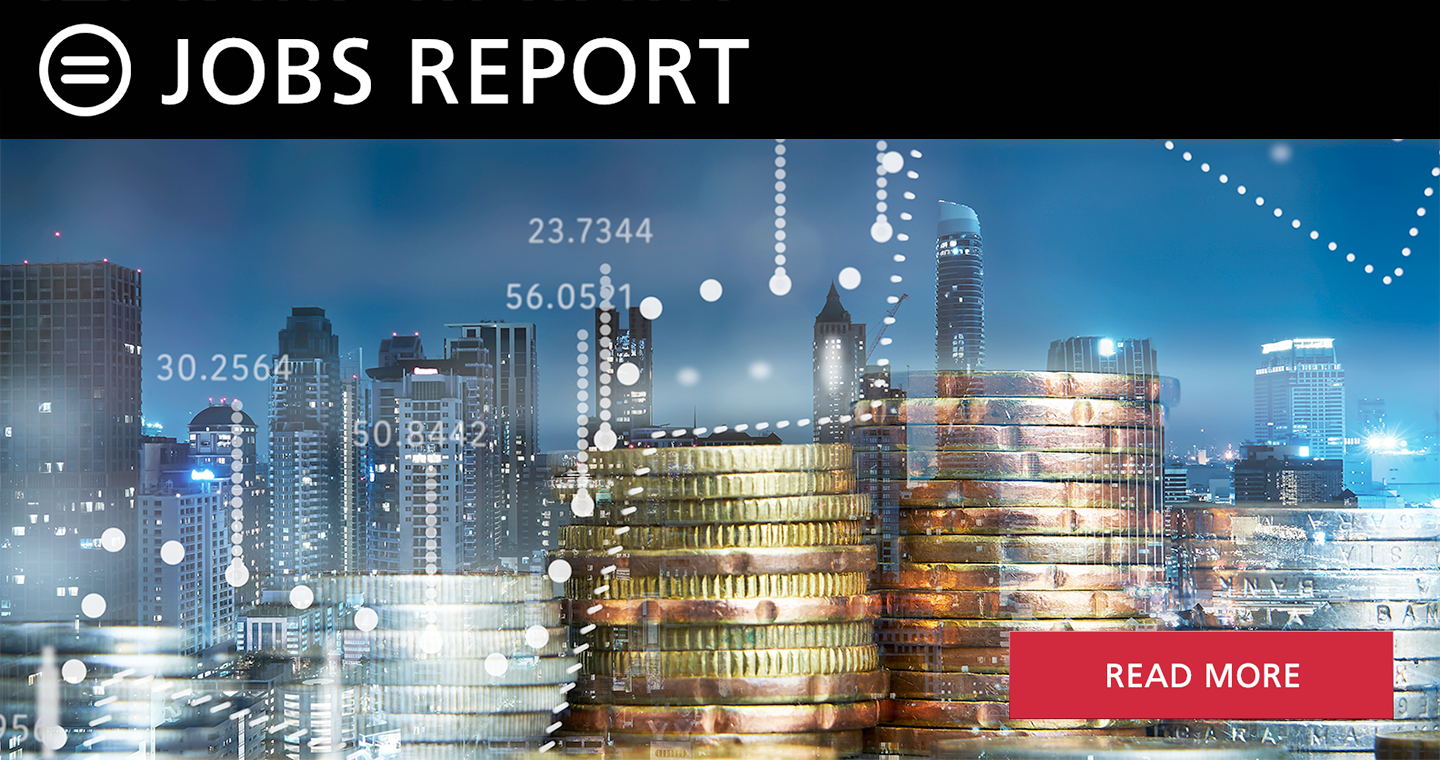October Jobs Report: Economy Remains Strong, Growing Modestly, But Window for a "Soft Landing" is Closing

Dr. Bernard E. Anderson
Whitney M Young, Jr. Professor Emeritus, The Wharton School, University of Pennsylvania
Senior Economic Advisor, National Urban League
While the creation of 261,000 jobs in October indicates the economy remains strong, and is growing modestly, the economic outlook is clouded by a fog of uncertainty as the Federal Reserve works diligently to reduce the historically high level of inflation.
Nothing in the report is likely to deter the Fed from its plan to continue raising interest rates aggressively to subdue elevated inflation.
Labor markets remain tight, but wage growth slowed slightly, growing at 4.6% over the last 12 months. Previously wages were growing more than 5.0% on an annual basi
In October the unemployment rate for adult women (3.4%) rose. The jobless rate for adult men (3.3%), Black workers (5.9%), and Latinos (4.2%) showed little change.
The size of the labor force, measured by the labor force participation rate, and the proportion of workers employed, measured by the employment/population ratio remained largely unchanged. The number of people not in the labor force who reported that they wanted jobs remained unchanged at 5.2 million. Private surveys reveal that childcare cost and the continuing fear of Covid helps explain the reluctance to seek employment.
Most employment growth was in the private sector, 233 thousand jobs. Two thirds of the job growth was in a few industries: health care, professional and technical services, manufacturing, and leisure/hospitality. Most other major industries showed modest employment growth.
Current elevated inflation is a global phenomenon exacerbated by the Ukraine war, China’s continuing effort to contain Covid 19, and the politically motivated OPEC increase in oil prices. But economic conditions in the Eurozone and China contribute to but have little impact on U.S. inflation.
The Federal Open Market Committee raised interest rates by 0.75% in each of its last four meetings in an effort to reduce inflation to the 2.0% target rate. The rate is currently hovering in the range of 3.75 to 4.0%. It is expected to rise to or above 5.0% in 2023.
There are three questions about the appropriate path of monetary policy: (1) how aggressively to raise the federal funds rate (2) how high to go, and (3) how long to stay there. Although short-term rates have increased, long-term inflation expectations remain well anchored.
The central bank had few tools to contain inflation. Rising rates increase borrowing costs to slow consumer spending and business investment; that should help rebalance aggregate demand with aggregate supply. The Fed has no tools to influence supply. Supply chain disruptions contribute to inflation by slowing production and impeding product distribution contorting to increased process for available products.
There is a lag in the timing of raising interest rates and slowing economic activity to contain rising prices. The timing of the lag is uncertain and there is evidence that the time is shorter today than in the 1970s when inflation ran at an unusually high level. Inflation in the U.S. stayed above 6.0% for 10 years, reaching 14 % in 1980.
There is uncertainty about the prospects for a recession. There is a risk that the continuing aggressive rise in interest rates will constrain business activity, reduce growth, and spur an increase in unemployment. But the economy is not in recession. GDP grew at 2.6% in the third quarter and the unemployment rate remained below 4.0%. However, the window for a “soft landing” is closing. If current trends continue it’s likely that the economy will slip into recession in early 2023. If there are no additional shocks and no worsening of Covid 19, the contractions are likely to be mild and short.

